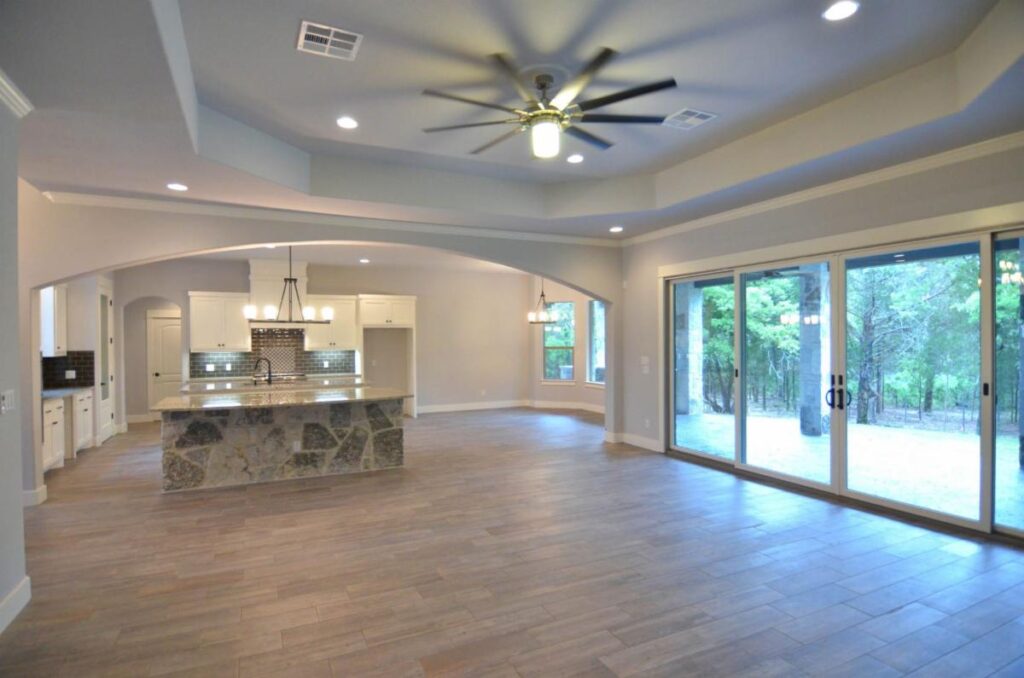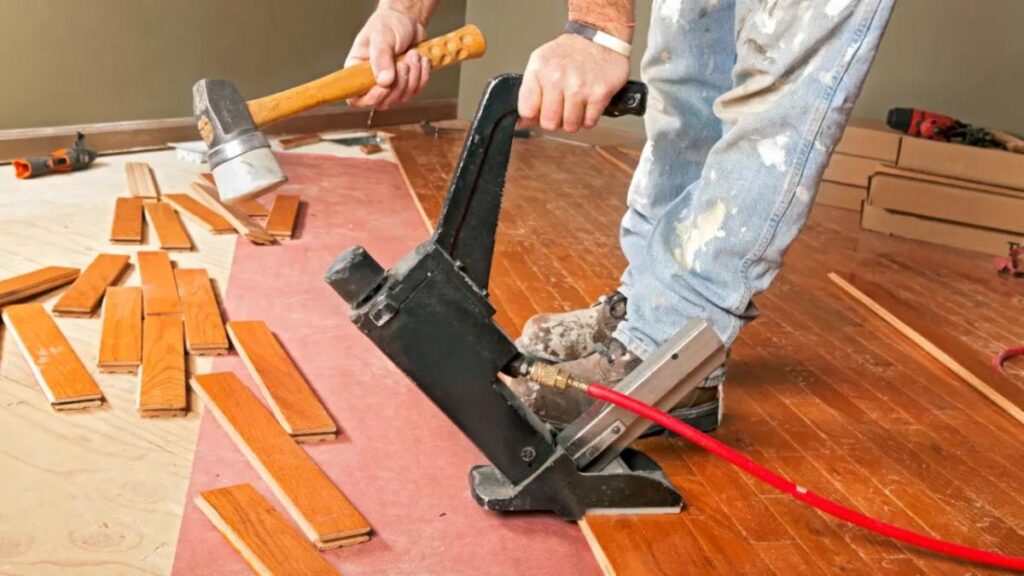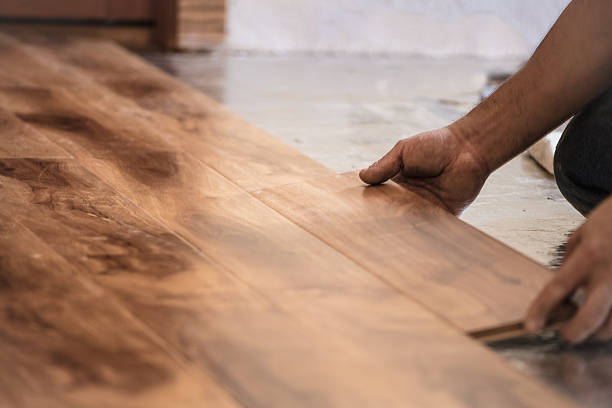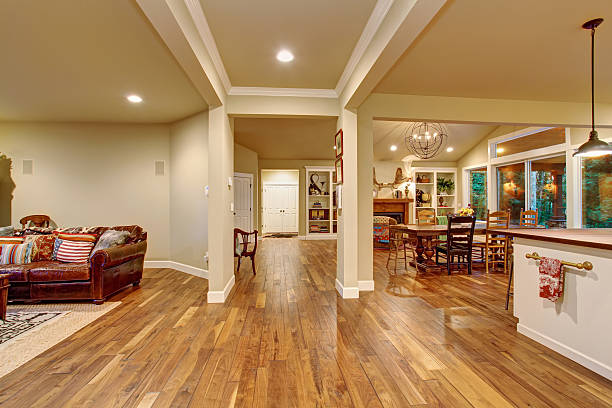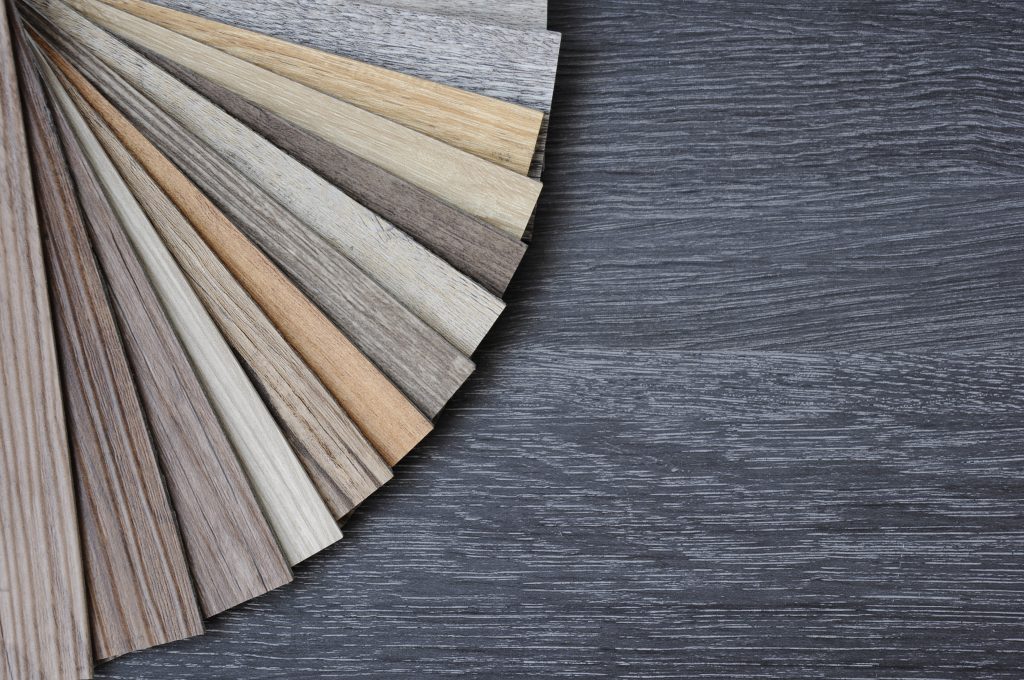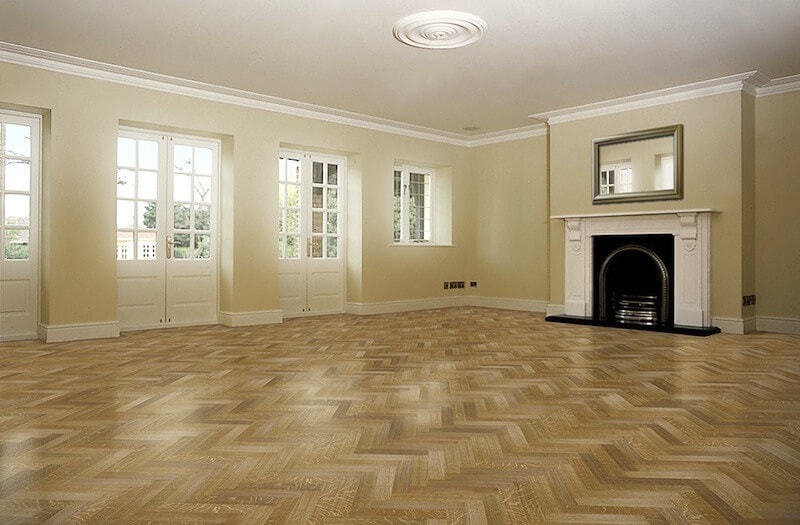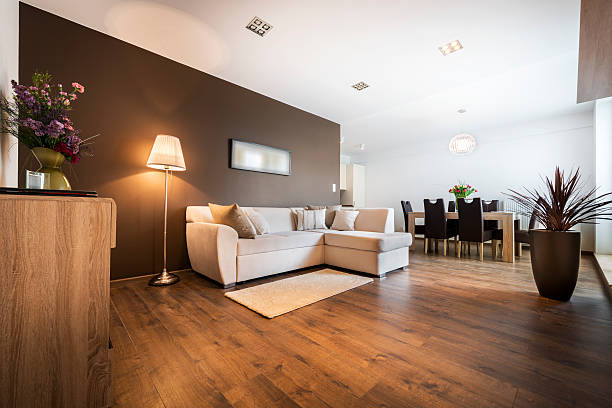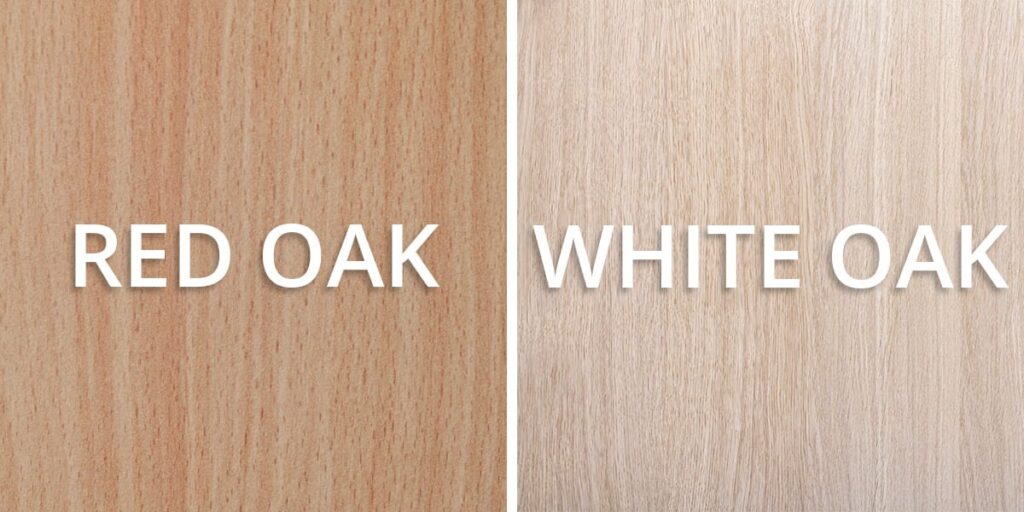The world of hardwood flooring is full of options. There are different species to choose from, countless different manufacturers, color options, width of boards, solid or engineered, etc. You even have options as to how a hardwood floor can be laid. Hardwood flooring traditionally comes in boards of random lengths. Once installed, the floor presents a type of pattern. Some homeowners like to get more creative and go with a more artistic type of pattern that will compliment the rooms or the existing decor. I’ll go over some of the patterns in case your clients would like to spice things up a bit and really make their home stand out… 45 Degree Angle (Pic above) – 45-degree flooring creates a sense of movement and fluidity, offering a unique aesthetic that can transform the look and feel of a room or the entire floor of a home. This angle can also be a clever tool in interior design to guide the eye and create a sense of flow through different areas of a home. It could be used in a single room, giving that room a sense of uniqueness, or it can interestingly tie rooms together throughout an area of the home. Random Width (Pic below) – We’ve done countless jobs in a random-width pattern and in my opinion it gives the floor a very custom look. The most common pattern is 3 1/4″ and 5″ planks but depending on the size of the rooms one could go even wider. A random-width pattern does a good job of hiding the bevels of a hardwood floor, giving it a more seamless look. It certainly works for a more rustic approach but can fit in with a modern look as well. Herringbone – This is a classic design that actually dates back to the Romans! Besides bring much elegance and class, the main advantage of herringbone is that it makes small spaces look large. I personally find it to be a very elegant look, a real eye-catcher! Because it doesn’t have any angled joints, you can get a herringbone floor with all types of hardwood flooring and some click-together options like laminate and LVP. It’s not the easiest type of floor to install, by the way. Best to trust pros like us that can get it done right. Chevron – Note that Chevron is different from Herringbone, but to the untrained eye, they can be easy to confuse. The easiest way to tell the difference is to note that herringbone is made up of 90-degree angles, while chevron wood floor patterns are made up of 45-degree angles. We did a job for a very particular home owner in North Wales, it was about 800 sqft of exotic hardwood installed in a Chevron pattern. That job was a doozy! But, the end-result turned out beautiful! Check it out… Borders – Hardwood flooring with a border is a classic look that can do a good job of framing a room. It’s best used in rooms that are for the most part a perfect square. Usually, the boarder itself is of a different color than the main floor. It can also give a sense of flow if installed throughout a home’s entire floor. Honestly, we used to get more requests than we do so it may be going out of style but can always work if done tastefully. We’ve done some wild jobs throughout the years. Once we were involved in a job where the owner installed various species of hardwood in various widths..and it was all reclaimed wood! Lost my pics of that job but it might be for the best. I got dizzy just looking down at it. Course it was in Philly by the art museum so…

